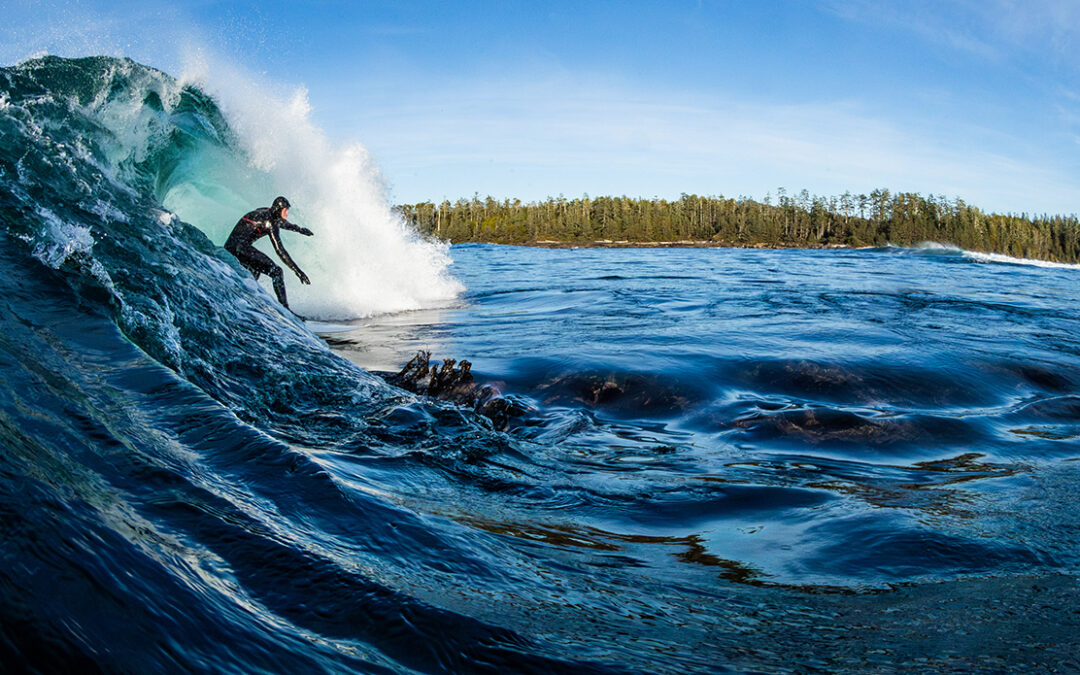At Peña Txuri Surf Eskola, we understand that surfing safely is just as important as knowing how to read a wave. Surfing is a demanding and complete sport, but it also carries risks if you don’t properly prepare your body before and after each session.
That’s why today we bring you our definitive guide to prevent surf injuries, based on years of experience in and out of the water. Here you’ll find exercises, stretches, and tips that we apply daily with our students and that help us enjoy more time in the sea, without interruptions or discomfort.
Índice
Why is it important to train and stretch to surf without injuries?
In surfing, you’re constantly paddling, pushing, taking off, maintaining balance, and reacting to the waves. All of this involves intensive use of shoulders, back, core, legs, and joints. If you don’t stretch or train properly, injuries will soon appear:
- Shoulder tendinitis
- Lower back pain
- Neck contractures
- Muscle overload in legs and knees
With good physical preparation, you can prevent all this while improving your performance, recovery, and technique on the board.
Stretches before surfing: activate your body
Before entering the water, it’s not enough to just move your arms a little. You need dynamic stretches that prepare your muscles and joints for what’s coming.
🔁 1. Arm and shoulder rotations
- How: Wide circles forward and backward for 30 seconds.
- Benefit: Warms up shoulders for smooth paddling without strains.
🔁 2. Trunk rotations
- How: Standing, rotate your trunk from side to side with control for 1 minute.
- Benefit: Activates obliques and lower back, key for turns.
🔁 3. Dynamic lunges
- How: Alternating lunges, lowering the knee without touching the ground.
- Benefit: Prepares the legs for take-off and wave control.
🔁 4. Side bends
- How: Standing, take one arm above your head and stretch to the side. Alternate sides for 1 minute.
- Benefit: Improves lateral mobility and activates the core.
Stretches after surfing: relax and recover
When you get out of the water, don’t just leave. Take a few minutes for static stretches to release and relax. Your body will thank you.
🧘♂️ 1. Lower back stretch
- How: Lying on your back, bring your knees to your chest and hold for 30 seconds.
- Benefit: Releases the lower back after paddling and catching waves.
🧘♂️ 2. Shoulder stretch
- How: Cross your arm over your chest and hold it with the other arm. 30 seconds per side.
- Benefit: Reduces tension accumulated in shoulders and trapezius.
🧘♂️ 3. Hamstring stretch
- How: Sitting, bring your chest towards an extended leg. 30 seconds per leg.
- Benefit: Increases flexibility and prevents overloads after take-off.
🧘♂️ 4. Neck stretch
- How: Tilt your head to one side using your hand to assist. 20 seconds per side.
- Benefit: Releases neck tension caused by paddling while looking forward.
Functional strengthening exercises for surfers
Beyond stretching, at Peña Txuri we work hard on training out of the water. Here are some of our key exercises:
💪 1. Abdominal plank
- Strengthens the core, essential for balance.
- Do 30-60 seconds per set.
💪 2. Push-ups
- Improves strength in chest and triceps, key for paddling.
- Do 3 sets of 10-15.
💪 3. Superman
- We strengthen the lower back.
- Raise arms and legs while lying face down, 30 seconds.
💪 4. Squats
- Activate glutes and legs, perfect for explosiveness and take-off.
- Do 3 sets of 15 repetitions.
Extra tips to prevent surf injuries
At Peña Txuri, we always insist on the same thing: surfing is also trained out of the water. Here are our keys to preventing injuries:
✅ Warm up well before each session.
✅ Stay hydrated even before feeling thirsty.
✅ Don’t surf beyond your physical limits.
✅ If you have frequent discomfort, consult with a physical therapist.
✅ Use equipment appropriate for your level and physical condition.
At Peña Txuri Surf Eskola, prevention is part of surfing
We love seeing how our students progress, but even more so seeing how they do it without injuries. We teach surfing, yes, but also how to take care of your body, because the goal is to enjoy the sea for many years.
It doesn’t matter if you’re just starting out or if you’ve been in the water for years: these routines can make a difference.
🌊 See you in the water, strong, agile, and injury-free!

